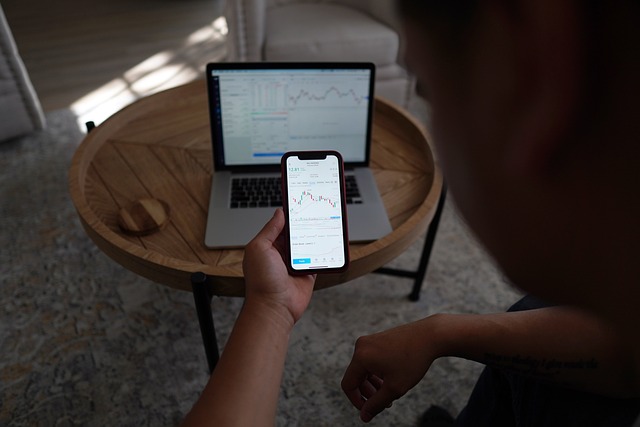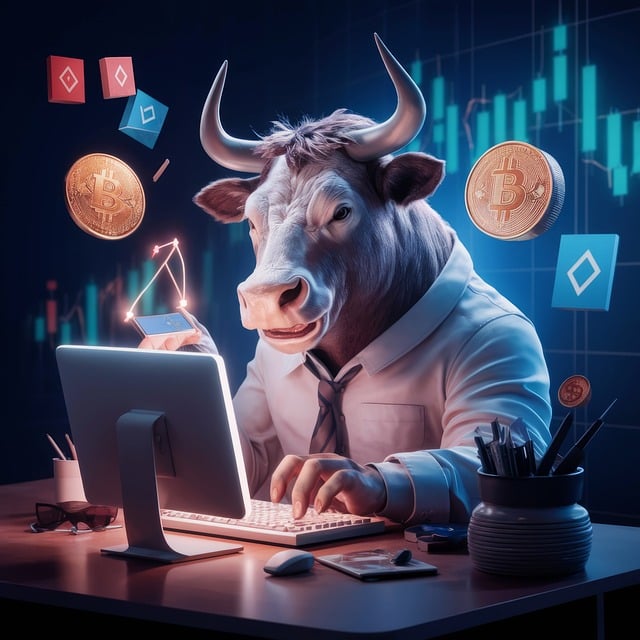The foundation of successful CFD trading lies in education. Before jumping into the market, it’s essential to build a solid understanding of how CFDs work, how leverage can impact trades, and what economic factors drive market fluctuations. Learning the mechanics of CFDs, along with the inherent risks of leveraged trading, is key. Fortunately, a wealth of resources is available to help new traders grasp these concepts. From online courses to webinars and trading forums, access to information is plentiful, and utilizing these tools will set you up for success.
After building theoretical knowledge, the next step is hands-on practice. Using a demo account to simulate trading in real market conditions is a great way to apply what you’ve learned without putting your capital at risk. This stage is vital for becoming familiar with different trading platforms and experimenting with strategies. It’s during this phase that many traders gain the confidence to transition from theory to real-world trading, learning how to make quick decisions in response to market conditions.
When you decide to trade with real money, starting small is a wise approach. CFD trading can be highly volatile, and managing risk is essential to long-term success. Only invest what you can afford to lose and always employ risk management tools, such as stop-loss orders. These tools are critical when trade share CFDs, as they help limit potential losses and protect your capital, especially in unpredictable markets.
An often overlooked aspect of trading is the psychological element. The ability to manage emotions is a fundamental trait of successful traders. Quick decisions, especially in volatile markets, require mental discipline and the capacity to handle losses without letting them affect future trades. Developing a comprehensive trading plan that outlines your goals, risk tolerance, and exit strategies can help you stay on track. Sticking to this plan ensures that your decisions are consistent with your long-term objectives, even in moments of market uncertainty.
Another vital practice is the continuous evaluation of your trades. Regularly reviewing both your successful and unsuccessful trades allows you to identify patterns and improve your strategy. This habit keeps you learning and evolving as a trader. Markets are constantly changing, and staying a student of the market helps you adapt and refine your approach. Consistent self-reflection and adaptation are key to staying competitive in trade share CFDs.
Building a network with fellow traders can also provide valuable insights. Engaging with trading communities, attending seminars, and participating in online discussions exposes you to new ideas and strategies that may enhance your trading performance. Learning from others, sharing experiences, and exchanging knowledge will broaden your understanding of market dynamics and help you grow as a trader.
Adapting to shifting market conditions is another essential skill for success. Financial markets are influenced by a wide array of factors, from global economic indicators to political developments. As a trader, staying informed about these influences allows you to adjust your strategies accordingly. The ability to react and modify your approach in response to market changes is a critical component of thriving in the fast-paced world of CFD trading.
It’s also important to recognize the legal and regulatory environment in Spain when trading CFDs. Adhering to local regulations and choosing a regulated broker ensures that you’re protected and trading within a secure framework. Compliance with these regulations safeguards your investments and creates a trustworthy trading environment.
Transitioning from a novice to an expert CFD trader in Spain requires a combination of education, practical experience, and adaptability. By focusing on risk management, committing to ongoing learning, and staying flexible to market developments, traders can build a sustainable career. While the journey may be challenging, the rewards of mastering CFD trading are within reach for those willing to put in the effort and dedication.






